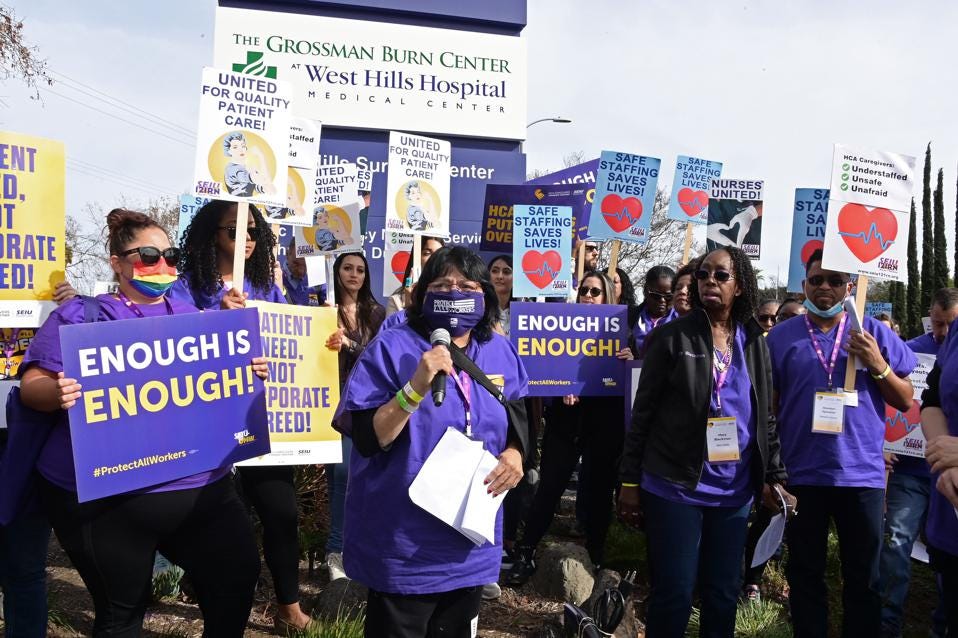PLX Academy · News ·25 April 2023

According to a Forbes story, healthcare employees are burning out in worrying numbers. In 2021, about 3 in 5 physicians felt burnout, according to Mayo Clinic Proceedings. “Burnout is an occupational syndrome characterized by a high degree of emotional exhaustion and depersonalization (i.e. cynicism), and a low sense of personal accomplishment at work,” according to the 2022 US. Surgeon General’s Advisory on Building a Thriving Health Workforce. The epidemic has worsened burnout, which affects non-physician healthcare staff. The National Academy of Medicine stated 35-54% of nurses experienced burnout in 2019.
Consider these public health crisis mitigation measures.
Culture of appreciation
Workers put the onus on chaotic workplaces, poor teamwork, and feeling undervalued . According to a report in Vatornews, among clinicians that reported burnout, 69% of them reported not feeling valued. In the fourth quarter of 2021, burnout in environments described as “chaotic” was at 78%, while “calmer environments” saw burnout that was nearly half that, at 36%. Burnout rates were 88% for people who described having “poor teamwork” in their work environments.
Nurses, social workers, pharmacists, administrators, and physicians have sacrificed time with loved ones to treat millions of Americans with COVID-19. The fact that nearly 7 in 10 clinicians do not feel valued for their work is alarming, and healthcare institutions should fight for their staff. A culture of appreciation requires providing healthcare workers with enough paid time off and the option to use it when needed.
Specific Leadership to Promote Wellness
Most healthcare organizations have chief clinical, financial, and medical information officers. They should also hire a chief wellness officer. An article in New England Journal of Medicine Catalyst outlines the duties of such a role, which include recognizing workplace stressors, creating wellness initiatives, and managing burnout. An executive role of Chief Wellness Officer would guarantee burnout issues are treated seriously and show healthcare employees that their personal wellbeing is valued by their business.
Asking for help without judgment
International Journal of Nursing Studies, published a systematic review and meta-analysis of 38 scientific studies that found 49% of healthcare workers during the COVID-19 pandemic had post-traumatic stress disorder and 37% had depression. Dr. Vivek Murthy writes in the New England Journal of Medicine, “As gratifying as our work is, it can also be profoundly isolating, especially when we feel we can’t let our colleagues know if we’re not OK- a feeling that millions of health workers, including me, have had during our careers.” Healthcare institutions must normalize employees requesting help without judgment. Leadership must promote and mandate mental health and well-being in their medical institutions. Hospitals should have mental health clinics in place as a needed resource to serve employees when care is needed.
Personal Strategies
To reduce burnout, system-wide policies and personal measures are needed. According to Psychology Today one-on-one coaching, peer support groups, and mindful-based interventions including breath and body-based practices can reduce burnout. These short-term measures can help healthcare workers manage stress and anxiety from their demanding workdays.
